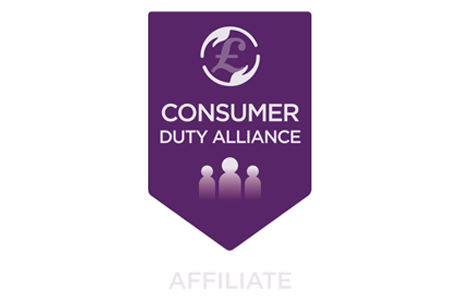Lenders and regulators must be careful not to add to adviser disillusion

Bob Hunt
26 September 2024August’s cut certainly achieved this, and with the news from the US plus the fact inflation remained the same at very close to target – 2.2% – this month, there could have been some justification for cutting the bank base rate (BBR) again.
However, there is still an ongoing positive downward trend in terms of mortgage product rates, with multiple lenders cutting multiple times in recent weeks, and despite no further BBR cut, we might well envisage both lenders and, perhaps pre-end of year, the MPC acting again.
Any increase in activity is going to be welcomed by the advice community, not least in terms of borrowers coming to the end of deals, and an improved ability to move them to new lenders rather than having to accept a product transfer (PT) option, which as we know comes with – for the vast majority – a seriously inferior procuration fee.
A quieter market hitting broker incomes
This is clearly an important time for advisory firms, not least because of the continued squeeze firms are feeling on their margins, which in a subdued market is doubly impactful, having a significant effect on profitability.
It is, of course, not just the higher share of PT business at lower proc fees that remains a real problem in this area, but the increased cost burden many advisory firms have been dealing with recently, particularly as a result of regulatory shifts and periods of constant product shifts and flux.
The weight of mortgage regulation
In regulatory parlance, we can all be huge supporters of Consumer Duty and, at the same time, recognise this comes with an indirect cost to firms in terms of its implementation on launch and the ongoing costs in order to keep on delivering in the areas the Financial Conduct Authority (FCA) wants to see.
We’ve been repeatedly told that Consumer Duty is not a ‘one and done’ series of measures, but an ongoing commitment that needs to be committed to, in which the ongoing changes within firms need to be outlined and evidenced.
As always, regulatory change needs resources – both human and financial – in order to meet new and/or shifting responsibilities, and that doesn’t come cheap.
To cover this while dealing with muted activity levels is clearly difficult, especially so when you add in the increased amount of work that is being generated by this Consumer Duty shift.
Not a straightforward task
For example, how many advisers can adopt a ‘one and done’ approach to a client recommendation these days? As we know, advisers are now having to check rates and products, and match them to clients, multiple times during the period up until completion, purely because the mortgage market shifts so repeatedly.
We saw this in spades at the start of the year, and over the period – certainly since the August BBR cut – we have seen it again. Clearly, advisers want to ensure they are delivering the most suitable, and where possible, cheapest option to the client, but this requires numerous ‘reworkings’ of a client’s case.
Add up that extra work and we find ourselves in a position where the cost to place a piece of mortgage business has increased a great deal, all impacting on that bottom line.
There is also a much wider issue at play here, in terms of what this means for the ability to access advice by consumers.
Retaining valuable professionals
You’ll have seen no doubt the excellent piece in this very publication here, based off a Freedom of Information request to the FCA by Anna Sagar, which highlighted how the number of mortgage advisers has been falling steadily in the last five years.
As a starter, it’s incredibly useful to see what the current advisory community number currently stands at, and according to the FCA, it was 24,422 in 2023. Pre-pandemic, in 2019, it was up at 28,616, 27,166 a year later, down further to 23,820 in 2021, and rebounded to 25,045 in 2022 before reaching last year’s number.
We clearly don’t know what has happened since the end of last year, but I would be surprised if numbers haven’t fallen further, based on the points discussed above, the impact they are having, and how such pressures don’t just impact on adviser numbers but the clearly related viability of advisory businesses.
If we don’t want to see adviser numbers falling further, and really impacting on the ability of consumers to access advice, and if we want firms to be able to provide advice on mortgages and other product areas as Consumer Duty seeks, then both the regulator and lenders need to think about the costs associated with running an advice firm, and how they can make sure they a) don’t add to them, and b) they pay advisers a fair rate that is commensurate with the greater amount of work involved, particularly in a market that has been skewed the way it has for some time.
Fairness in these areas is not visible at this time, and if it isn’t found, then the likelihood is more advisers and firms will feel the squeeze and we’ll lose advice supply at the very time when demand is growing.


